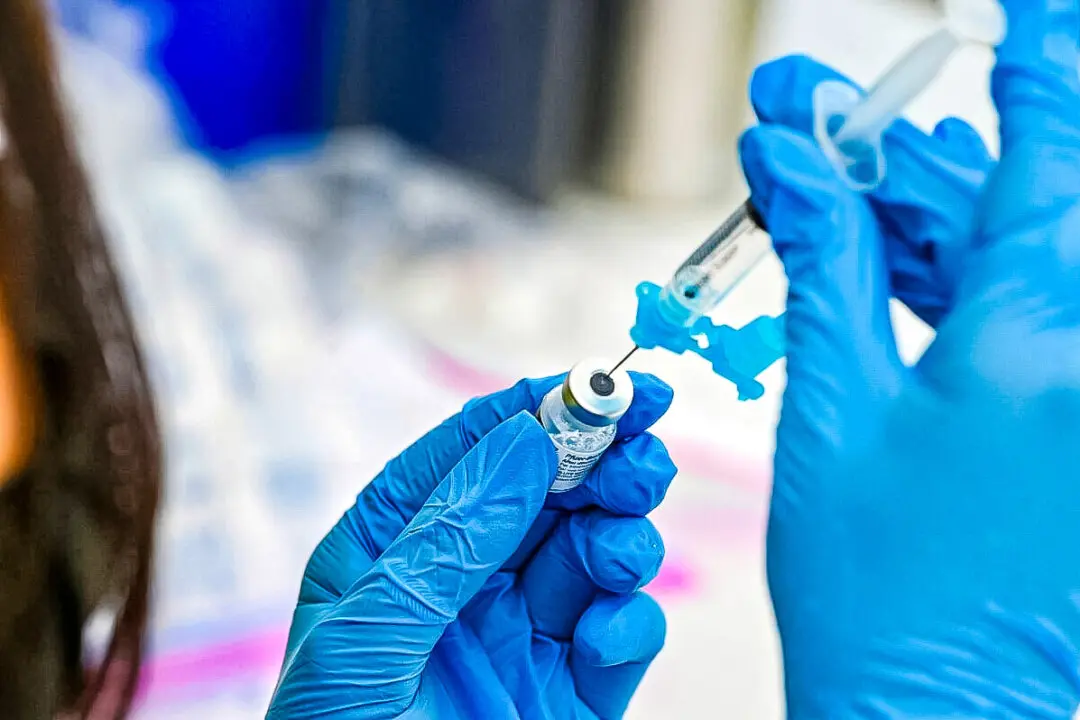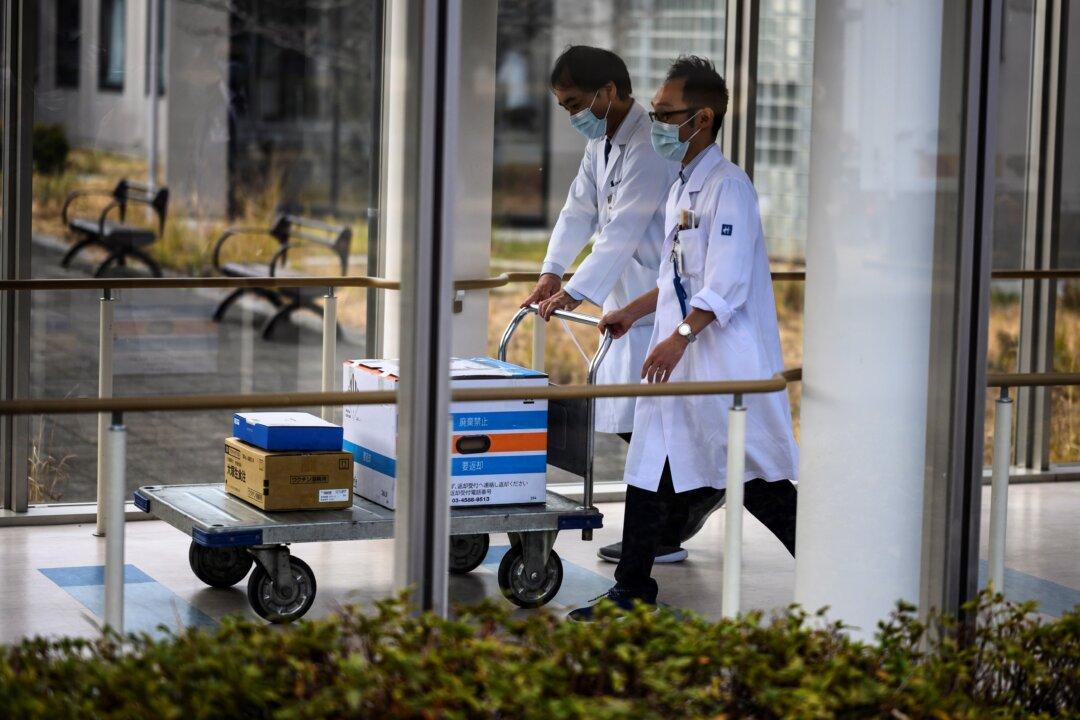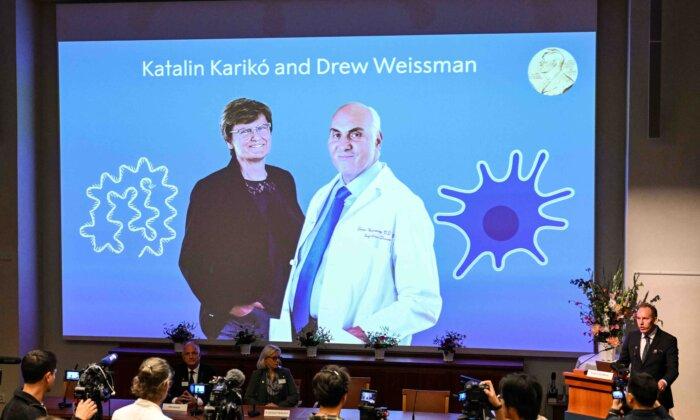The Centers for Disease Control and Prevention (CDC) is one of the U.S. government’s major operating components, an agency under the Department of Health and Human Services.
The CDC’s mission statement reads, “CDC increases the health security of our nation. … CDC saves lives and protects people from health threats.”
The agency also pledges to the American people that it will “base all public health decisions on the highest quality scientific data that is derived openly and objectively.”
Well, COVID-19 has been the nation’s largest health threat for the past two years. It has had a huge impact on the life of every American. During those two years, thousands of scientists and health-care researchers have studied COVID and accumulated a huge amount of information on the disease.
With its $15.4 billion annual budget, one would think the CDC would have done a good job providing taxpayers with data on COVID-19. If cutting edge research is too challenging for the CDC, they at least should have provided the public with basic surveillance data, such as:
Who was infected with SARS-CoV-2, when, which variant, and what were the symptoms? Who was vaccinated, with which vaccine, when, and were there any side effects? Who was vaccinated, got infected, when, and recovered? Who was never vaccinated, and never infected (never tested, or never tested positive)?
Since then, I have been anxiously waiting for more data, as there are 48 other states, and even for California and New York, important data like this should be updated monthly, if not weekly.
To my surprise and disappointment, I have not been able to find any more data on natural immunity from the MMWR since Jan. 28. I am sure they have the data—they just don’t want to share it with us.
Those Recovered From COVID Are Best Protected
On March 1, the scientific journal Clinical Infectious Diseases published a peer-reviewed article titled “Risk of reinfection after seroconversion to SARS-CoV-2: A population-based propensity-score matched cohort study.” This Swiss study “observed a 94% reduction in the hazard of being infected among SARS-CoV-2 seropositive participants, when compared to seronegative controls, >8 months after serology assessment.”This level of protection (natural immunity) from SARS-CoV-2 infection (94 percent) is comparable to that of the Pfizer vaccine but lasts longer (eight months and counting).
A reader commented that she “looked all over the CDC site and could find no such info. … Now who’s being ‘subjective’?”
The reader was right. I should have explained in my article that the conclusion I drew was not a direct quote but rather my own summary based on the CDC’s raw data.
The CDC’s Jan. 28 report included the following chart but neglected to provide a summary comparing protection between vaccinated people without natural immunity and unvaccinated people who recovered from COVID and now have natural immunity.
It seems that it’s necessary to dive a little deeper into the data to elaborate my point, as the authors of the report did not conclude the very obvious. Please bear with me.
The above CDC chart shows data from California on protection against COVID-19 collected from four groups of people between May 30, 2021, and Nov. 20, 2021:
1) The unvaccinated, with no previous COVID-19 diagnosis (top solid line) 2) The vaccinated, with no previous COVID-19 diagnosis (broken line below the solid line) 3) The unvaccinated, with previous diagnosis 4) The vaccinated, with previous diagnosis
It is obvious that the lines representing 3) and 4) are superimposing on one another, indicating that vaccination had virtually no impact on protection when a person has recovered from COVID-19 infection, meaning natural immunity dominates protection over vaccination to a level that made vaccination irrelevant.
Although the biggest difference lies between the unvaccinated with no previous infection and everyone else, the second biggest difference, however, is between the “Vaccinated, no previous COVID-19 diagnosis” line (vaccine immunity) and the “Unvaccinated, previous COVID-19 diagnosis” line (natural immunity), with the natural immunity line having a much lower “hazard rate,” meaning better protection.
Is CDC Censoring Data on Natural Immunity?
The CDC’s MMWR is a weekly report. The chart above is part of the report for the last week of January, and it was for only two of the 50 states, California and New York. When I was writing my Feb. 5 article, I thought that maybe it was a benign omission that the CDC did not conclude the obvious. For sure, more data would be coming from the CDC in February and March, I thought, as it would teach us so much more about natural immunity.However, it hasn’t materialized. Since Jan. 28, there have been 10 MMWR reports published on the CDC website, totaling 29 articles in all. They cover topics ranging from vaccination by geographic locations, to vaccine confidence by sexual orientation, to isolation strategy for fully vaccinated NFL players, and so on. So far, the Jan. 28 report was the only one that included “unvaccinated, with previous diagnosis” in the data, and that’s unfortunate. All the other reports were to reinforce the conclusion that vaccines are effective, with almost nothing about natural immunity. Here is a screenshot of the MMWR website:
For example, one of CDC’s latest reports, published on March 18, includes the following chart:
Here, hospitalization data was plotted against 1) unvaccinated people, 2) vaccinated without a booster, 3) vaccinated with a booster. There is no information about people who had recovered from COVID-19. In other words, information on natural immunity is censored.
According to the CDC’s own information, the United States has had about 80 million COVID-19 cases. The vast majority of patients recovered from the disease. This huge part of the U.S. population now enjoys natural immunity. This is also true for Canada and many other parts of the world.
It seems that the CDC is avoiding anything and everything related to natural immunity. But why?
Let the CDC and Mr. Gates feel sad. The rest of us are ready to move on with our lives.








